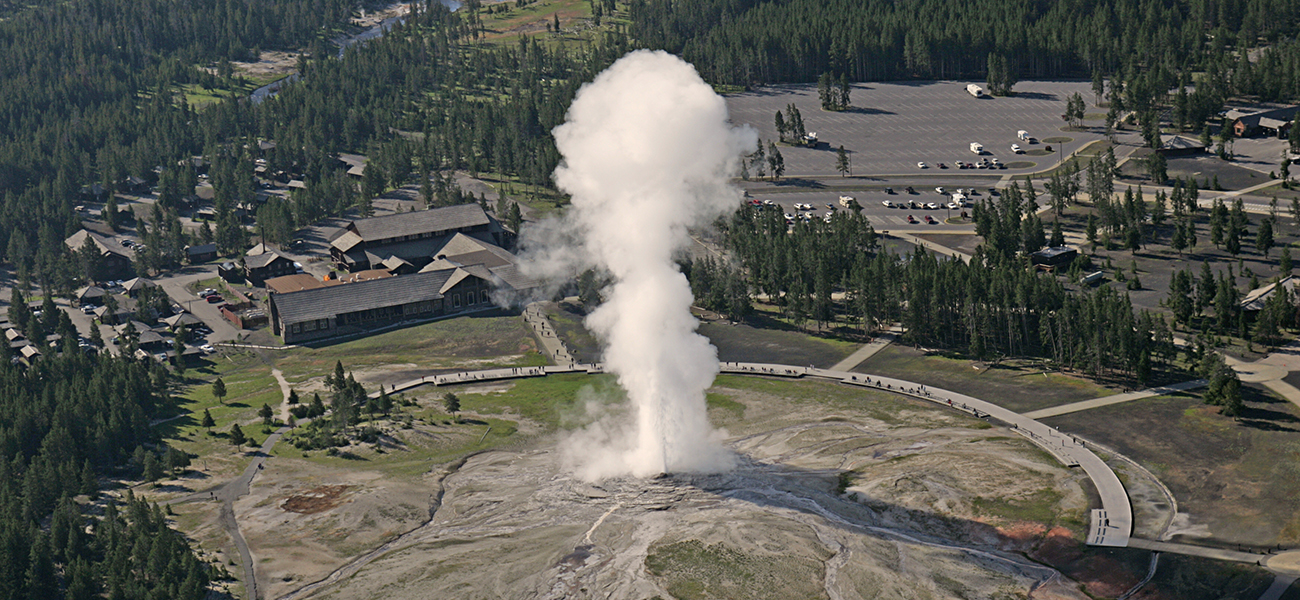Introduction (Chapter 16)
Thermodynamics

underground channels of the geyser is under high pressure and heated to high temperature by magma. When a
pocket of water near the surface reaches boiling point and is expelled, the resulting drop in pressure causes larger
volumes of water to flash boil, forcefully ejecting steam and water in an impressive eruption. (credit: modification of
work by Yellowstone National Park)
Chapter Outline
- 16.1 Spontaneity
- 16.2 Entropy
- 16.3 The Second and Third Laws of Thermodynamics
- 16.4 Free Energy
Among the many capabilities of chemistry is its ability to predict if a process will occur under specified conditions. Thermodynamics, the study of relationships between the energy and work associated with chemical and physical processes, provides this predictive ability. Previous chapters in this text have described various applications of thermochemistry, an important aspect of thermodynamics concerned with the heat flow accompanying chemical reactions and phase transitions. This chapter will introduce additional thermodynamic concepts, including those that enable the prediction of any chemical or physical changes under a given set of conditions.

